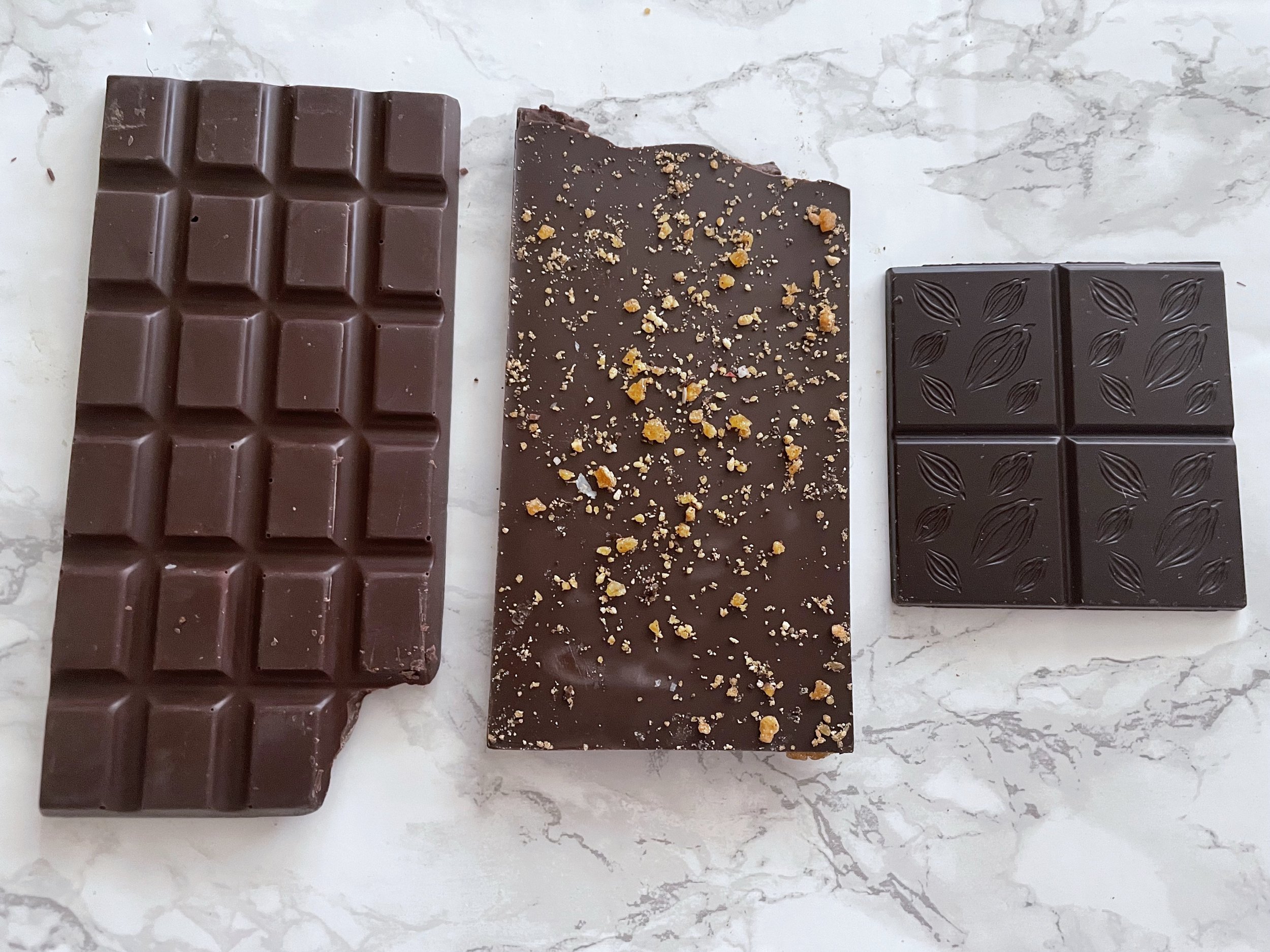A Summary of Current Research on US Chocolate Consumption & Innovation
Chocolate sales skyrocketed in 2021 as beleaguered Americans sought comfort from their favorite confections. But while we still love our Hershey’s and Snickers bars, chocolate lovers today are seeking out sustainable confections and unexpected flavors more often than ever before. Barry Callebaut shared that North America is the #2 market for chocolate confectionery globally, with over $23 billion US dollars of turnover estimated in 2021 and the USA accounts for nearly 90% of those sales. Penetration is high in the category with 88% of US consumers saying they purchased chocolate candy in the last 3 months.
According to Euromonitor, the chocolate confectionery category value is forecasted to grow with a 4% CAGR during the period 2022 - 2026. During that same period, volume is forecasted to grow with a 1.9% CAGR.
Here’s a recap of where the industry stands, according to the Fine Chocolate Industry Association and the National Confectioners Association.
Categories of chocolate
The confectionery industry breaks down chocolate into three major categories:
Premium chocolate
Premium chocolate includes brands like Lindt, subsidiary Ghirardelli, and Ferrero Rocher, which have more specialized products that typically cost more than mainstream chocolate options. Premium chocolate has the second largest audience with 67% of chocolate consumers purchasing it sometimes; almost 30% of them typically choose premium chocolate over mainstream or fine chocolate, an increase of 23% from 2018.
Fine chocolate
These are the craft chocolatiers and artisan confectioners whose bespoke products fetch a premium. Three in ten chocolate consumers eat fine chocolate but only 5% say it's their typical choice. Fine chocolate consumers are, on average, young and urban with above-average incomes. Brands include Volo, Cuna de Piedra, and Tcho.
Volo Chocolate courtesy of Volo Chocolate
Market & Consumption
Since 2016, the U.S. chocolate and confectionery industry has grown by 21%, with consumer spending rising from $2,281 million/year to $2,880 million/year. Milk chocolate remains the type of chocolate Americans turn to most but, as we age, our tastes lean more bitter than sweet. Dark chocolate with a cacao percentage between 71-75% is the most popular style.
Over 90% of Americans prefer a little something extra in their chocolate, especially almonds. In a race with peanuts and peanut butter, they narrowly edge out the competition. Mint and coconut tie for fourth.
More than ever, consumers are seeking out chocolate brands that are made with clean, whole ingredients and there’s a growing interest in where cacao is sourced, how it is produced and how its farmers are compensated for their labor. Around half of chocolate consumers look for a fair trade label or certification and most, 43%, are willing to pay more if they are certain that the brand they are buying abides by ethical standards. While most still purchase their chocolate in person, chocolate e-commerce is up eight percentage points from 2018, with seven out of ten fine chocolate consumers turning online to buy their favorites.
Innovations
Chocolate that harnesses the flavors of global cuisine is having a moment. Whether it’s because we are itching for new experiences following months of restricted travel or because Americans are more adventurous in their eating habits now than we ever have been in the past, ingredients more commonly associated with Asian, African, and Latin American foods—curry, cotija, harissa, miso—are showing up in everything from chocolate bars to drinkable chocolate. The inclusion of hot chiles and peppers, floral notes, and upcycled ingredients that would otherwise become food waste such as coffee cherries also reached new heights in 2021.
A turn towards confections that are perceived to have nutritional benefits, including vegan options such as Tcho’s vegan milk chocolate line, may also be a reaction to the pandemic and to growing awareness of environmental crises. Products with labels that advertise the “immune-boosting” or “mood-enhancing” benefits are popping up more frequently. With American consumers growing awareness of the superfood benefits of fermentation, fine chocolatiers are also highlighting chocolate’s fermentation process more often in 2021 as shorthand for the confection’s place in a health-conscious diet.






